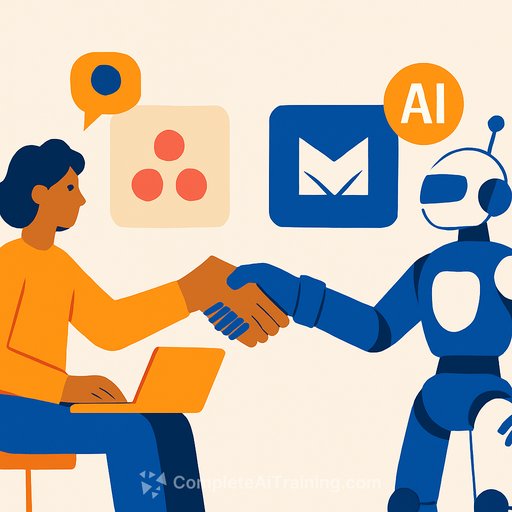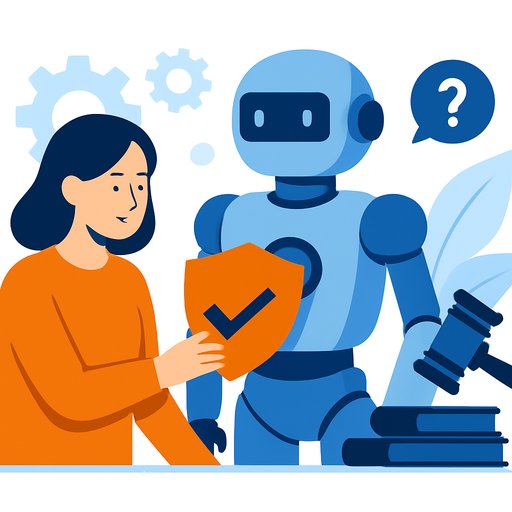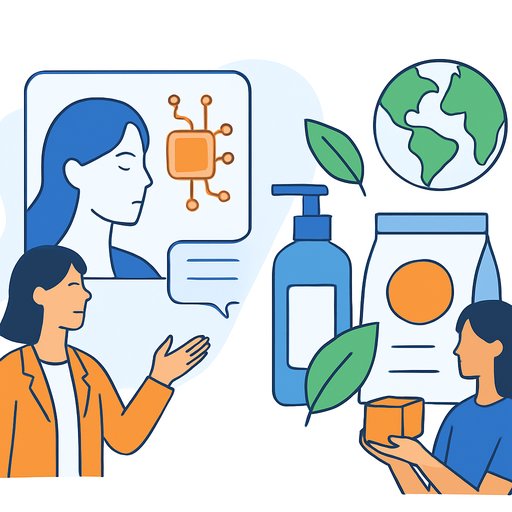ASAN launches AI Teammates and a Moveworks partnership: what product teams should do next
Asana (NYSE: ASAN) announced AI Teammates-collaborative agents now in beta and expected to reach general availability in fiscal 2027. Moveworks also announced a partnership with Asana to bring end-to-end AI automation into Asana for enterprise workflows. For product leaders, this is a signal: agent-driven work coordination is moving from slideware to pilots you can measure.
What this means for product development
- Agent help across functions: product backlog grooming, cross-functional handoffs, requirements QA, dependency tracking, incident routing, and release communications.
- Faster execution: fewer manual updates and fewer status meetings as agents push tasks, summarize changes, and follow up on blockers.
- Cleaner audit trails: standardized updates and documented decisions improve traceability for compliance and postmortems.
If AI Teammates deliver credible results in real workflows, Asana expects stronger enterprise expansion and stickier accounts. For product teams, that translates to reduced cycle time and clearer throughput by team, not just a new feature set.
Integration reality check
The Moveworks partnership matters because orchestration is where most tools fail. If agents can touch tickets, docs, chat, and approvals across systems without creating new silos, you'll see value quickly.
The risk is overlap with larger bundled suites and the steady drift of features becoming commodities. Expect pressure on differentiation and pricing over the next few years, which may influence procurement strategy and vendor mix.
Execution checklist for your pilot
- Start narrow: pick one workflow with clear friction (e.g., intake to dev handoff or incident-to-fix loop).
- Define success: lead time, throughput, reopen rate, MTTR, and % of work auto-updated by agents.
- Map systems: Asana, code repo, ticketing, chat, docs. Require least-privilege access and event logs.
- Human-in-the-loop: require approvals for task creation/closure until accuracy exceeds your threshold.
- Change management: short SOPs for how agents interact with owners and what to do when they're wrong.
- Cost guardrails: set a monthly ceiling and unit economics (cost per automated action or per saved hour).
- Exit plan: criteria to expand, keep steady, or sunset the pilot within 60-90 days.
Investor signals (and why product should care)
Outlook points to $966.9 million in revenue and $126.6 million in earnings by 2028, implying 9.4% annual revenue growth and a $358.4 million swing from current earnings of -$231.8 million. One analysis pegs fair value at $16.38 per share, a ~20% upside to the current price referenced in that model.
Community fair values range widely (US$9.79 to US$28.98), reflecting both optimism around AI and concerns about competition from larger, bundled platforms. Translation for product planning: expect continued AI investment from Asana, but keep optionality-pricing and packaging could shift as the market tightens.
Key risks to watch
- Feature commoditization: similar agent capabilities will show up across suites. Your differentiator becomes data quality and process design.
- Vendor overlap: multiple agents fighting for the same workflow can create noise and rework.
- Pricing pressure: if larger suites bundle agents, standalone cost advantages may fade.
- Governance gaps: unmanaged agent actions can pollute backlogs and metrics. Require auditability from day one.
Practical next steps
- Nominate a "workflow owner" inside product ops to run the pilot and report weekly results.
- Standardize task templates and statuses now-agents work best on clean, predictable structures.
- Instrument your baseline: measure before/after to prove value and guide expansion.
- Create a vendor matrix: what each agent can do, where it acts, and who approves changes.
If Asana's AI Teammates prove effective in production, expect smoother cross-functional execution and less status overhead. If they don't, the pilot will still leave you with cleaner processes, tighter metrics, and a clearer buying stance.
Learn more: Visit Asana and Moveworks for official updates. For upskilling your team on AI workflows and automation, see AI courses by job.
This article provides general information and isn't financial advice. Do your own research and consider your organization's objectives and constraints before making decisions.
Your membership also unlocks:





